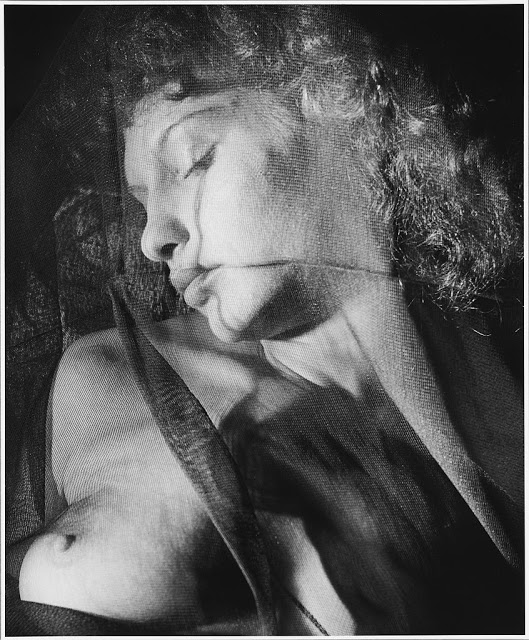“Poets and painters are born phenomenologists.” – Jan Hendrik
We usually talk about the great masters of cinema, but they are always in the masculine. Well, keep your eyes open, because Maya Deren is lined up right there, at the top. In your experimental work we see a great capacity to manipulate space and time, however what fascinates me most is the movement of the body. This continuity of movement of the dancer builds the narrative, the alteration of the physical space, but above all, it is very tactile. Deren's images arouse in the viewer a corporeal feeling. Perspecting the hot sand, the stones in the hands, being hidden behind the foliage, the body of the dancer in tension, etc., everything goes beyond the screen.
In this sense, I wonder where is the tactality of our spaces, the so called atmosphere? Is this more difficult to create? If M. Deren was able through cinema to awaken us to these feelings, why are they so difficult to exist in the real world? I believe, that like poets and painters, filmmakers are also sensitive to the essence of things (beings and objects). Perhaps we architects can learn from them how to instill in the formal principles and intentions of architecture the warm essence of life.



